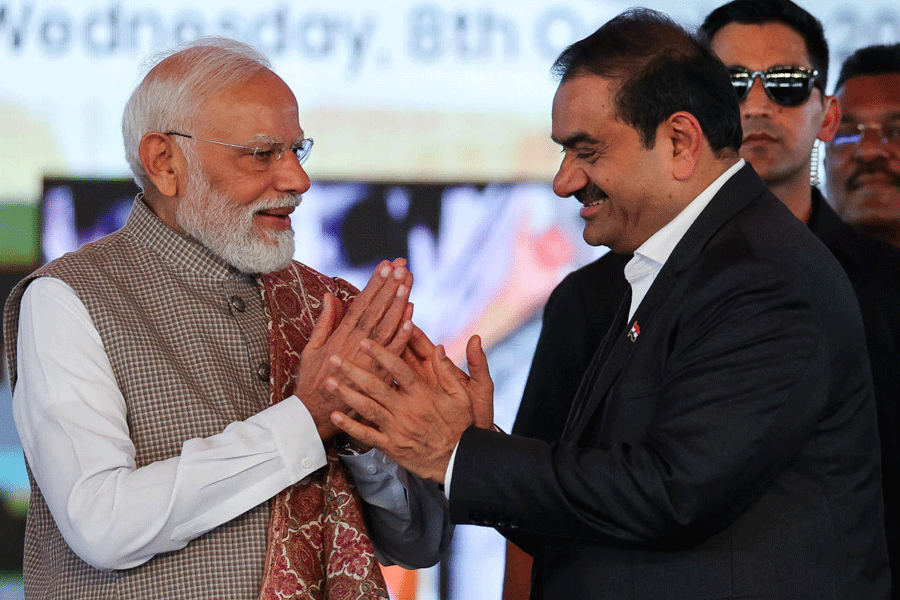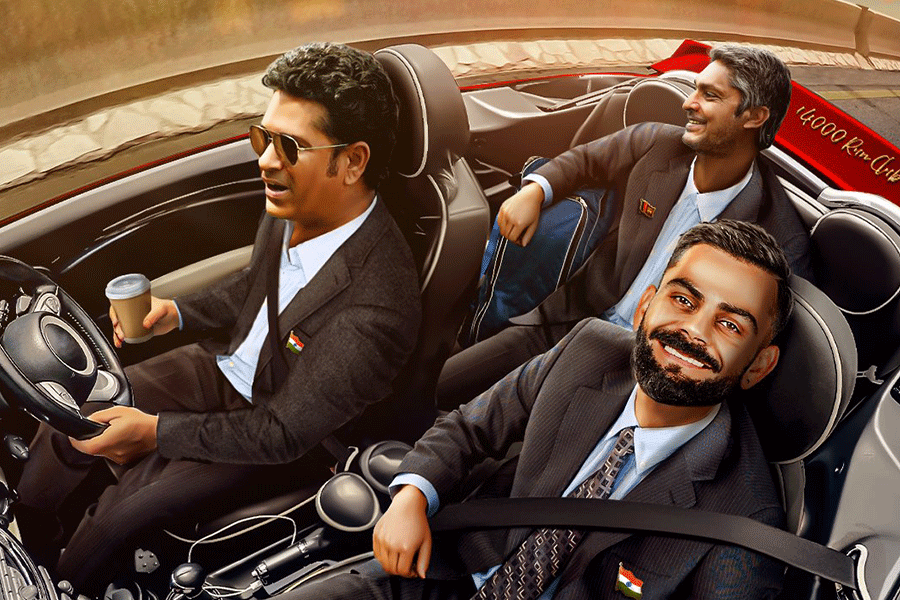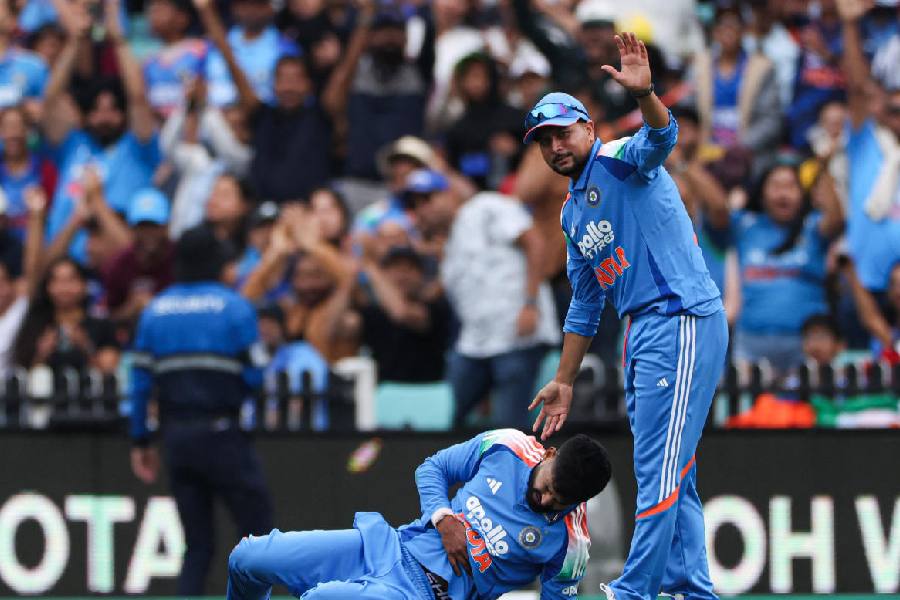 |
| James Stewart and Grace Kelly in Rear Window |
Choosing Satyajit Ray’s favourite Hollywood films has been a long and laborious task for US critic Peter Rainer and filmmaker Sandip Ray. Seven films were shortlisted from a bunch of 20 for a first-time screening at the 14th Calcutta Film Festival. “These are films that have not only influenced Ray but also ones that he liked to watch. Some of the films have never been screened in India, like Jean Renoir’s The Southerner,” said Rainer, who came across the Hollywood names in Ray’s book Our Films Their Films and Bert Cardullo’s Satyajit Ray Interviews.
Rainer takes t2 through Ray’s Hollywood favourites...
Jean Renoir’s The Southerner
I think French filmmakers influenced Ray more than anyone else. He was greatly influenced by Vittorio De Sica’s The Bicycle Thief (US release), which was made with low-cost equipment and rough production, something Ray wanted to do as a filmmaker too. The Southerner is undoubtedly his most favourite Hollywood film. It has influenced him in many ways. He appreciated the lyrical aspect of the film and the appreciation of nature in it, something he used later in the Apu Trilogy. Years later, when Renoir shot The River in Calcutta, they would meet in the weekends on location of The River. Renoir influenced him to make Pather Panchali.
Alfred Hitchcock’s Rear Window
Ray was a strong admirer of Hitchcock though he felt Hitchcock was a great entertainer and not a great artiste like him. The link between the two is that they loved to tell stories through visuals. Hitchcock was his antithesis as his films were more like mousetraps. Hitchcock was all done once he was on the sets of his films. Ray worked in a different manner.
Sam Wood’s The Night at the Opera
Ray could connect instantly to this Sam Wood film. Wood, too, appreciated anything that Ray did as a filmmaker. The Night at the Opera is one of those films that he liked watching. Ray saw the film for the first time in London, along with The Bicycle Thief. He called The Night at the Opera his “desert island film”! He said he would carry the film with him if he was ever deserted on an island.
Billy Wilder’s Double Indemnity
Ray was a great admirer of Wilder’s films. Double Indemnity is a dark, cynical film, which topped his list of favourites. When Ray got his Oscar he had written a letter to Wilder.
Orson Welles’s Citizen Kane
This is one film that has influenced every filmmaker. Made in 1941, Citizen Kane was released in India too but Ray couldn’t watch the film in the theatres due to his illness, which he greatly rued.
Ernst Lubitsch’s Trouble in Paradise
This was a favourite because it’s a very stylish comedy. He enjoyed watching it.
John Huston’s The Maltese Falcon
Huston and Ray were friends. Huston had great respect for Pather Panchali....
We were also keen on bringing Charlie Chaplin’s Gold Rush and a few John Ford films but we were told that Indians have watched Chaplin’s films on television. Ford’s films had copyright problems.
HOW RAY CLASSICS ARE RESTORED
Josef Lindner developed a liking for Satyajit Ray’s films when he first restored Seemabaddha in 1998. There has been no looking back since.
The famed archivist with the Academy of Motion Pictures Arts & Science has fished out and restored several Ray films, from Abhijaan to Parash Pathar, Manihara to the controversial documentary Sikkim.
All the films brought their own share of trouble, but the two that made it particularly difficult for Lindner were Abhijaan and Parash Pathar.
“We found the films with vinegar syndrome. It’s a technical term we use for films when they smell of vinegar. We got the negatives in a shrunken state. Four out of 10 reels of the original picture negative were destroyed because of the climatic changes in India,” he says.
Lindner acquired the master print of Parash Pathar from the US Library of Congress, the negative of Abhijaan from British Film Institute, Manihara from Germany and Kanchenjungha from Sweden. “We are directly in touch with the producers of his films. Sandip Ray and The Ray Society are our bigger sources,” he adds.
Having restored and preserved around 16 out of 37 Ray films, Lindner has now set his sights on Shatranj Ke Khilari, Kanchenjungha, Sonar Kella and the two short films, Inner Eye and Rabindranath Tagore.
“The Chess Player (Shatranj Ke Khilari) is in better condition. But the process would still be painstaking. The photochemical duplication is very difficult. Also because when we restore the films we give them archival texture, which has a life span of 500 years. It’s a good thing that none of the Ray’s films is lost,” he says.
Each Ray film has taken Lindner a year or more to restore and preserve. “The process of restoration is slow and long. First we acquire the damaged print, then we watch the film and find out what’s wrong in it. We go shot by shot, transfer the soundtrack to the original quality and then work in a specialised laboratory.”
The restoration budget is about US $ 50,000 for a black-and-white film, and US $ 100,000 for a colour print. Funds pour in from various organisations across the world. The Martin Scorsese Fund is pitching in for the restoration work of The Chess Player.











